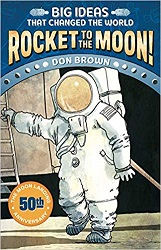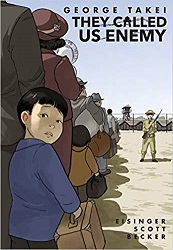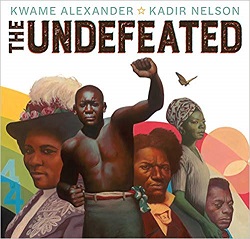Review of Fry Bread, written by Kevin Noble Maillard, illustrated by Juana Martinez-Neal
A Native American Family Story
written by Kevin Noble Maillard
illustrated by Juana Martinez-Neal
Roaring Brook Press, 2019. 44 pages.
Starred Review
Review written February 11, 2020, from a library book
2020 Robert F. Sibert Informational Book Award Winner
2020 American Indian Youth Literature Picture Book Honor
Since this book won the Sibert Award, I’m going to list it on my Children’s Nonfiction page, but this book is really two things – a picture book with simple text and an informational book when you read the detailed eleven-page Author’s Note (with a recipe) at the back.
The picture book part is lovely. These spreads all begin with a caption “Fry Bread Is….” Fry bread is food, shape, sound, color, flavor, time, art, history place, nation, everything, us, and you. The pictures show a loving and joyful intergenerational group of American Indians making fry bread together. They’re a diverse group in appearance and skin tone, and have parents and elders guiding them and telling stories.
The pictures are joyful and evocative. I like the picture on the page “Fry Bread Is Sound” where you can almost hear the dough frying. The words are simple and could work in a story time.
Fry Bread Is Time
On weekdays and holidays
Supper or dinner
Powwows and festivals
Moments together
With family and friends
The Author’s Note brings it all together and explains the background and significance of the carefully-chosen details in the illustrations.
He begins the Author’s Note like this:
The story of fry bread is the story of American Indians: embracing community and culture in the face of opposition. It is commonly believed that the Navajo (Diné) were the first to make fry bread over 150 years ago. The basic ingredients may appear simple – flour, salt, water, and yeast – yet the history behind this community anchor is anything but.
Despite colonial efforts throughout American history to weaken tribal governments, fracture Indigenous communities, and forcibly take ancestral lands, Indian culture has proven resilient. In strange, unfamiliar lands, exiled Natives strived to retain those old traditions and they created new ones, especially for food. Survival meant adapting, and those ancestors, isolated from familiar meats, fruits, and vegetables, got by with what they had. Without the familiar indigenous crop of corn, historic farming practices and dietary traditions drastically changed.
Many tribes trace the origin of modern Indian cooking to this government-caused deprivation. From federal rations of powdered, canned, and other dry, government-issued foods, fry bread was born.
Then the note goes page by page, and along the way we learn that different tribes and different regions have different recipes and different traditions for fry bread.
Fry bread reflects the vast, deep diversity of Indian Country and there is no single way of making this special food. But it brings diverse Indigenous communities together through a shared culinary and cultural experience. That’s the beauty of fry bread.
There’s so much in this picture book. A story to enjoy combined with so much to learn about and celebrate.
kevinmaillard.com
juanamartinezneal.com
mackids.com
Find this review on Sonderbooks at: www.sonderbooks.com/Childrens_Nonfiction/fry_bread.html
Disclosure: I am an Amazon Affiliate, and will earn a small percentage if you order a book on Amazon after clicking through from my site.
Source: This review is based on a library book from Fairfax County Public Library.
Disclaimer: I am a professional librarian, but the views expressed are solely my own, and in no way represent the official views of my employer or of any committee or group of which I am part.
What did you think of this book?
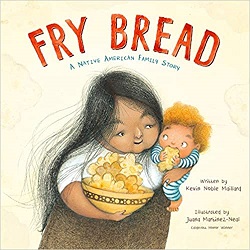
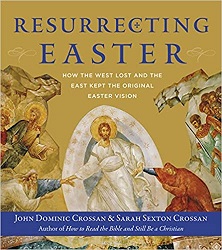
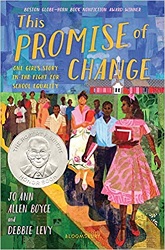
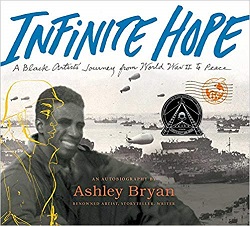
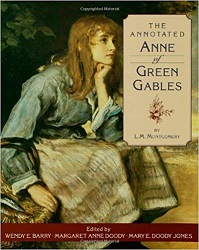
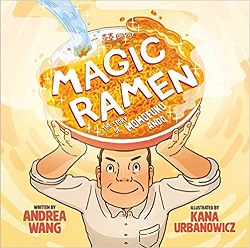
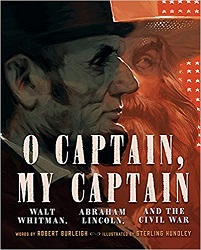 O Captain, My Captain
O Captain, My Captain